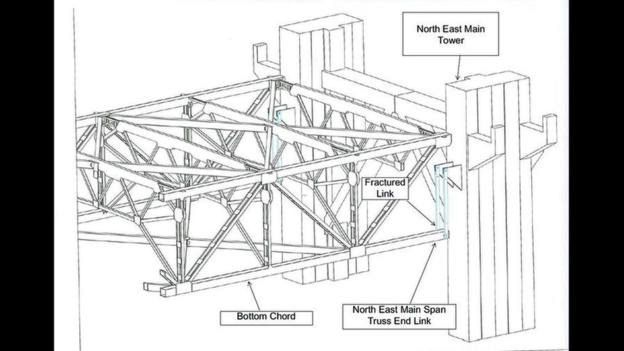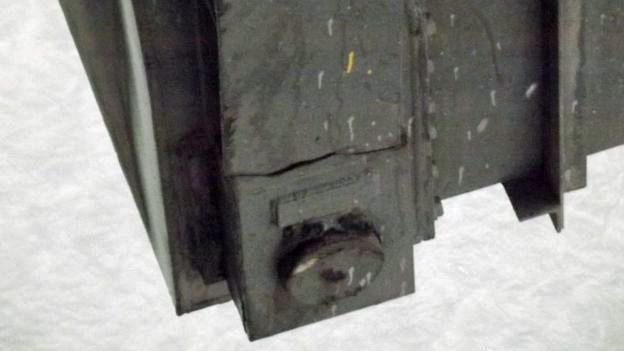Hello Colin
The question of the difference between Roman concrete and modern concrete is a perennial one and the answer lies in the different way we use concrete compared to the Romans.
Concrete is strong in compression, but weak in tension and bending. This means that by itself, concrete is of limited versatility. It’s easily used in columns, arches, and other things that will only be in compression.
But you run into trouble when you try to make long bridges, tall buildings, thin walls, or anything else that wants to bend in the middle. Concrete is also very brittle and when it reaches it’s breaking point, it shatters like glass. Because of this, if it fails, it fails instantly and catastrophically, without giving any warning.
In modern construction, both these problems are solved the same way: by putting steel bars or wire in the concrete at key locations. Steel, unlike concrete, is incredibly strong in tension. A concrete beam reinforced with steel in it will be about a fifth as big as an unreinforced one.
It will also be much, much safer. Unlike concrete, which is brittle, steel is ductile so when it fails, it doesn’t fracture, it stretches. This added ductility gives failed reinforced concrete the ability to absorb a great deal of additional energy before it collapses, and provides ample time for people to evacuate.
Because of this, including steel in concrete isn’t just a good idea: it’s the law. Nearly every major building construction standards requires concrete to have a minimum amount of reinforcing steel, outside of a few special cases.
But all this strength has a drawback: steel also severely reduces the durability of concrete. Because concrete is porous, over time chloride ions and other corroding elements work their way into the concrete and begin to corrode the steel inside. The amount of time this takes varies depending on how deeply buried the steel is, but it inevitably happens.
This corrosion both weakens the steel and causes it to enlarge, ultimately bursting the concrete from the inside out. Steel corrosion is the primary mechanism behind concrete decay, and one of the major limitations on modern concrete’s lifespan.
Because Roman concrete had no reinforcing, it has none of these problems.
Another major difference between Roman concrete and ours is the cure time. Modern concrete hardens and reaches its maximum strength very, very quickly. The “standard” time for concrete to fully cure and reach it’s capacity is 28 days, but it’s not uncommon for it to reach usable strength in just a few hours.
This rapid cure time, while helpful for speedy construction schedules, introduces thermal stresses as the reaction heats up. These stresses cause cracking, and ultimately reduced durability. To make matters worse, additional steel must be included to address these thermal stresses, exacerbating the problem of corrosion-induced failure.
Roman concrete, on the other hand, cured astonishingly slowly. In the breakwater the concrete was sampled from took two years to cool down completely. This extremely slow cure time means lower thermal stresses, and a corresponding higher durability.
Of course, all this is academic if we couldn’t produce similarly durable concrete today. And it turns out, when the situation calls for it, we’re capable of putting together an extremely durable concrete mix.
Modern concrete structures have been built that are designed to have 1000-year lifespans. In fact, the exact mineral that supposedly makes the Roman concrete so durable, aluminium-substituted tobermorite, was patented 30 years ago, for the exact use suggested in the recent paper. Ultra durable concrete is within our reach. But the requirements for making it – no steel, extremely slow cure time, high pozzolans in the mix – are very limiting, and very, very expensive.
The trick to making concrete that can last the ages isn’t some lost recipe or mystical method, but boring old economics.
Paul
Ash there is a manmade board that is super thin and 200 times stronger than steel……….yes its superhardboard…..and the only thing that can damage it is kraptonite.
Edited By Paul T on 10/12/2015 12:08:01






